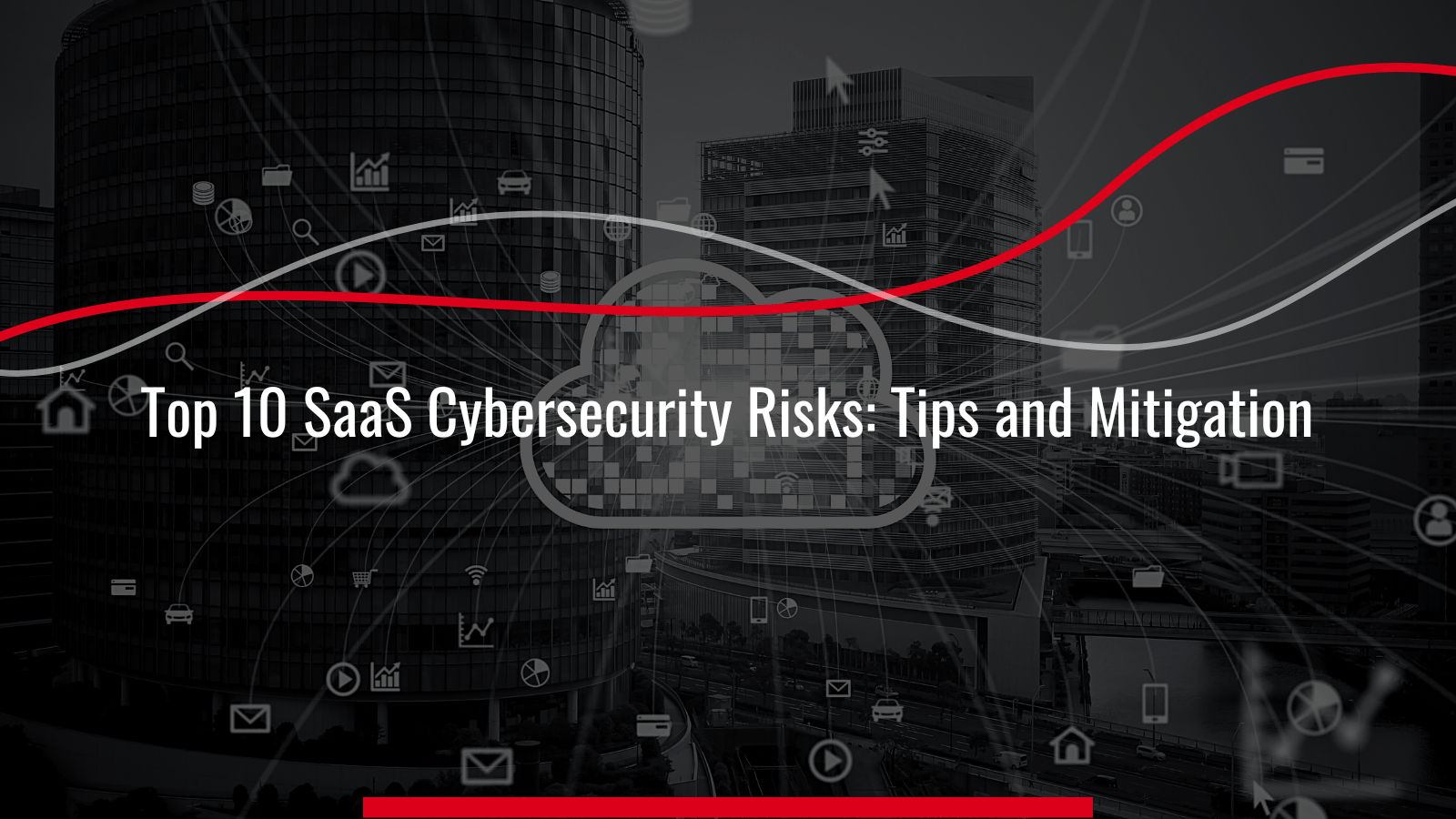Vulnerability Assessment vs. Penetration Testing
Two of the most important steps for maintaining a robust cybersecurity posture are vulnerability assessment and penetration testing.
 Business workflows have changed dramatically due to the implementation of internet technologies in everyday processes. The rapid increase of software-dependent business entities resulted in the emergence of software-as-a-service (SaaS) vendors. Their main responsibility is to provide users with digital solutions to common problems in a convenient and enticing format.
Business workflows have changed dramatically due to the implementation of internet technologies in everyday processes. The rapid increase of software-dependent business entities resulted in the emergence of software-as-a-service (SaaS) vendors. Their main responsibility is to provide users with digital solutions to common problems in a convenient and enticing format.
They positively affect operational costs, deployment times, and capital expenditures. Although SaaS solutions have many advantages, moving to the cloud presents security risks. We have compiled a list of the top 10 cybersecurity threats posed by SaaS applications and some helpful advice on how to avoid them.
When it comes to cloud-based systems like SAAS, malware and ransomware pose the greatest risk to any company. While ransomware restricts access to features until a ransom is paid to a third party, malware attacks are directed at the system and trigger unusual and harmful behaviour, such as deleting files.
Most social engineering attacks take the form of phishing, in which the victim is tricked into divulging sensitive information via email or a message, such as a password. Any company, no matter how big or small, is vulnerable to phishing emails. They can install malware (such as ransomware), sabotage systems, or steal intellectual property and money and directly reach millions of users.
Adopting SAAS services exposes businesses to the supply chain risk associated with relying on outside parties. The severity of the risk depends on the level of classification the third party can access. Therefore, businesses are implementing third-party risk management programs to reliably track and handle the one-of-a-kind cyber threats posed by their SaaS suppliers and restrict their access permissions.
Pro-tip for managing third-party risk
1. Make sure your vendors are checking the credentials of their employees thoroughly
2. Considering the potential downsides of outsourcing and ensuring that your company is okay with its privacy and security measures before moving forward with a partnership
3. Anticipate data breaches caused by outside sources. Take the necessary steps to manage the risk associated with working with vendors as a whole
4. Be conscious of nesting relationships
5. Incorporate routine checks on third parties
Leaks in the cloud or data leakage are common concerns with SaaS. However, this is not the result of an external attack; rather, it is the result of insufficient data management on the customer’s part. Loss of customer trust, diminished brand reputation, and significant monetary losses are just some consequences of data breaches in the cloud.
In the realm of cybersecurity, data breaches are a major concern for all businesses, including SaaS. Cybercriminals looking to steal sensitive information through phishing or malware attacks can exploit any vulnerability in a company’s defences.
The convenience of using a software as a service (SaaS) solution comes with the potential downside of not having a solid backup plan. Accidental data deletion is a real concern for businesses that store their information on the SaaS vendor’s servers because they have less access to and oversight of their data. Data loss without proper backups can devastate a company’s finances, legal standing, and public image.
Risks of account takeover (ATO) occur when an unauthorized party uses another user’s credentials, such as an employee’s, to access restricted areas or elevate their privileges. Cybercriminals can obtain credentials via phishing or data leakage to the dark web. A compromised account may go undetected for a considerable time, resulting in catastrophic loss of information.
A zero-day vulnerability is an unpatched piece of software that cybercriminals can use to gain unauthorized access to a system and potentially steal sensitive information. The failure of a widely used SaaS platform can have far-reaching consequences, including suspending all relevant business activities.
Vendors have easy access to client data when using a software as a service (SaaS) model, so SaaS providers must perform “Due Vendor Diligence” to evaluate their cyber security practices. A lack of sufficient due diligence increases the risk that cybercriminals can compromise an organization’s sensitive data by using the vulnerable systems of one of the vendors.
Compliance is the official security framework to which all businesses must adhere; these frameworks vary by industry. SaaS vendors should implement certification and regulatory compliance programs to ensure the safety of their customers. If those conditions are not met, everyone’s safety is jeopardized.
Since cloud computing is fundamental to SaaS, the data storage method has become decentralized, making real-time monitoring of data streams extremely difficult. Further, since SaaS runs in the cloud, any security flaws, such as granting too many permissions, can lead to disastrous results in cloud leaks or ransomware.
Pro Tips to Mitigate SaaS Cybersecurity Risks
Here are some pointers from the experts:
Maintaining mitigating measures necessitates continual monitoring of the company's operations. Regular system monitoring and an early warning reporting and alert system are examples of preventive measures. Such a large task can take a long time and effort.
Artificial intelligence has been merged with cybersecurity procedures to give the best solutions possible, such as SALIENCE to Humanize, which is an AI-based solution for 3rd party risk management.
While SaaS has aided in the simplification of business operations, it has also introduced several cybersecurity risks that must be addressed if the company is to remain secure. Cybersecurity threats can take many forms, from malicious attacks like phishing to lax security practices that expose networks to intrusion. It is critical to perform regular risk assessments, implement real-time monitoring, and implement data protection policies to mitigate the impact of cybersecurity threats.